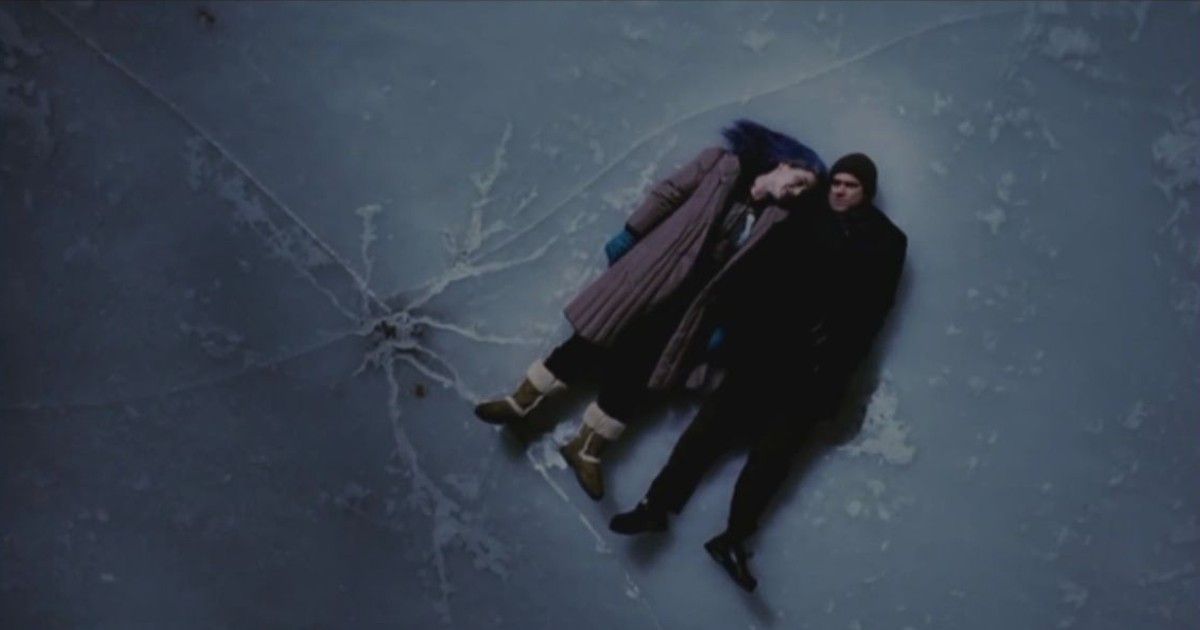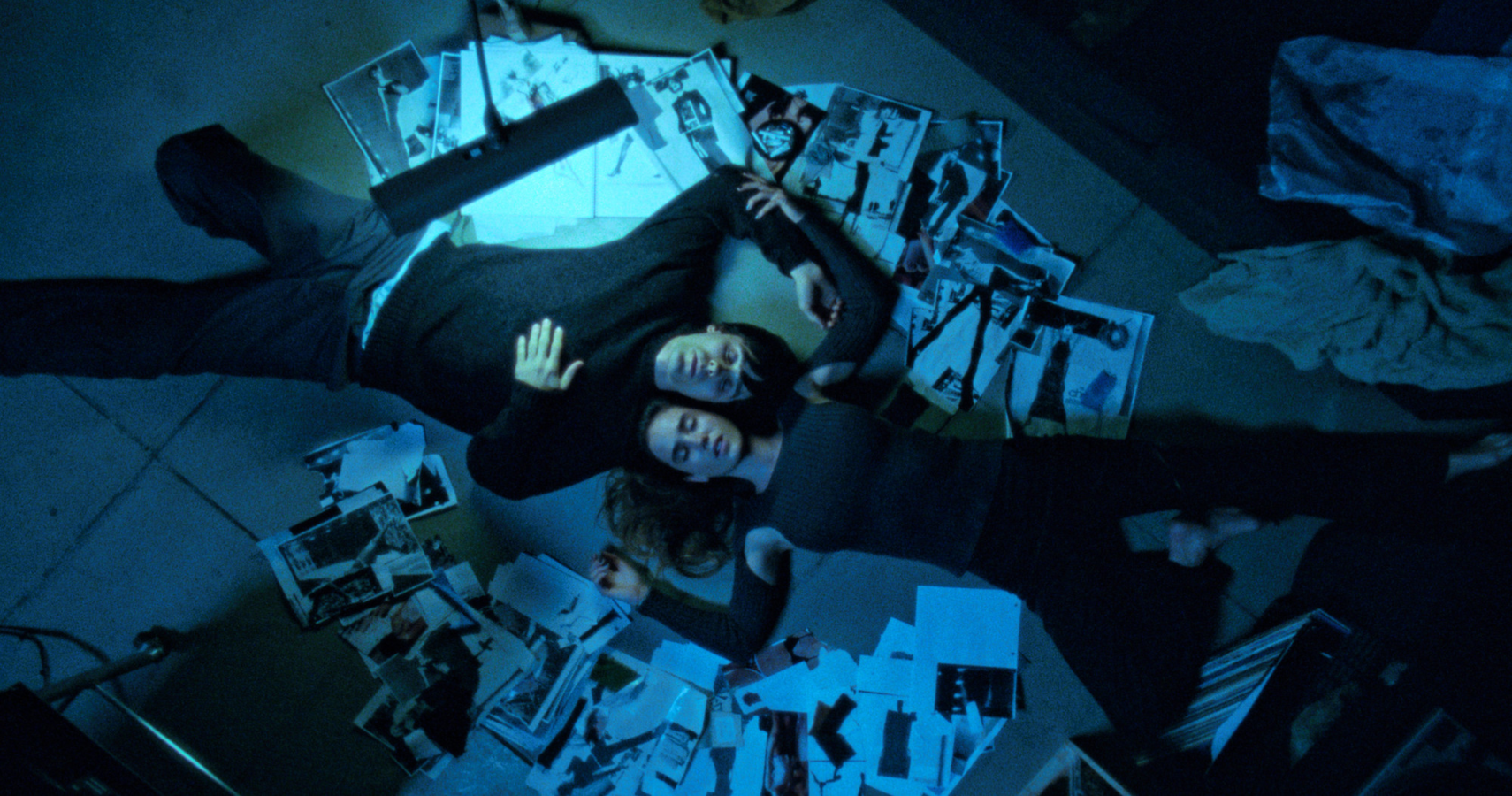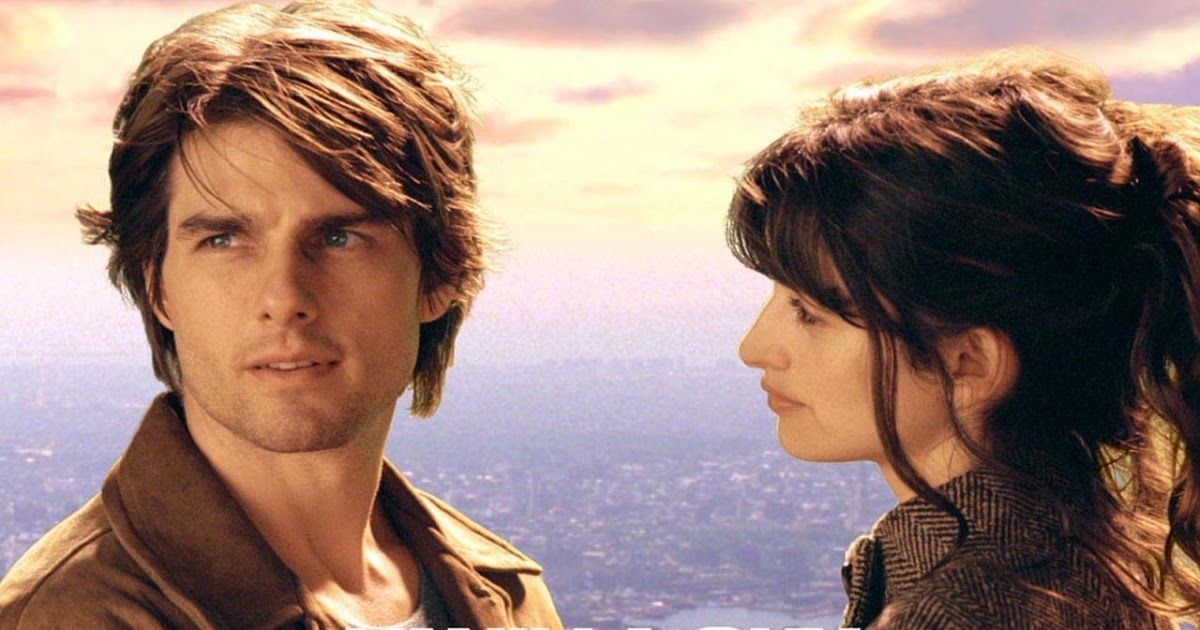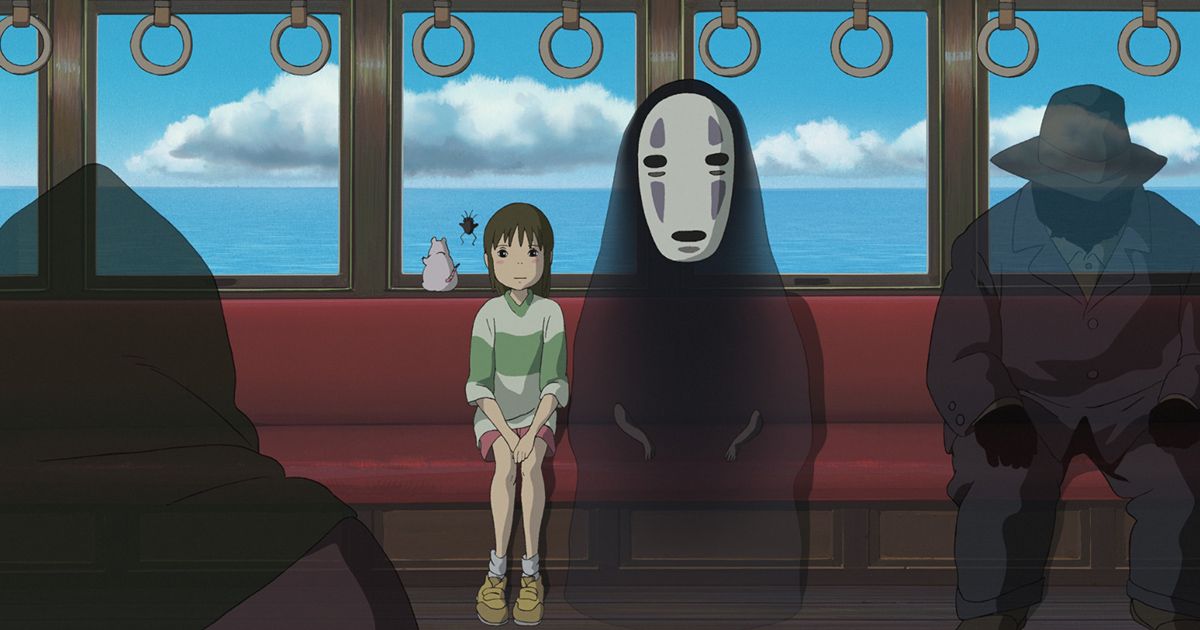Dating back to the 1920s, surrealism in cinema is used to discuss aspects of social taboos, insecurities, fears, and obsessions. This is executed through the lens of fantastical imagery and allusion. The genre is consistent in creating illusionary moments which intertwine the reality and unconscious mind of characters.
Surrealist films are a big reason themes such as domesticity, self reflection, and the fear of technology and the future are explored and examined within cinema and pop culture today. Specifically the surrealist movement in cinema has allowed for filmmakers and enthusiasts to look into how the intangible can be re-imagined into the physical.
Here are 10 moments of influential surrealism seen in cinema
10 Eraserhead
One of the most notable moments in contemporary surrealist cinema, David Lynch's 1977 film Eraserhead explores the fear of commitment and responsibility to fatherhood through gruesome and stomach turning imagery. Henry's hallucinations represent the fear and lack of desire towards taking up the life of the father of a baby he didn't know he had.
The film also commentates on the social aspect and connotation of engaging in premarital sex and having to take up the responsibility of that comes with that decision. It is notably an early example of domestic horror which is a theme seen in movies such as Mother! or Hereditary.
9 8 1/2
Without Fellini there might have never been movies like Synecdoche, New York. The film represents the struggle that comes with the extreme dedication when creating art and how severely that dedication takes over someone's life. Fellini introduced an innovative way to represent a character engage in introspection as an artist through the act of creating art. While taking on the role as a respected movie director Guido struggles to balance the complications of real life and his creation that is the cinematic representation of his life. He gets crushed under the pressure of needing to live through both versions. He takes on the challenge of figuring out his real life while creating one for an audience to observe.
Fellini also rarely clearly gives away if the audience is watching the creation of the film or the reality of the main characters' life, as reality and fantasy tend to blend into each other. A piece of work full of time skips and non-linear forms of narration; 8 1/2 is the perfect embodiment of surrealist expression.
8 Perfect Blue
A dark tale about the obsession towards perfectionism, Perfect Blue sends the audience into the perspective of Mima’s stardom and the destruction that results from it. The representative character of Mima and the standard of goodness and preservation that she's supposed to promote as an idol conflicts with her desire to move on to a different life.
The pressure she faces from having images of her and her body consumed by fans eats away at her journey in accepting or even knowing herself. Her episodes of paranoia which result from fear of losing respect from the support she gained as idol play a large part in how her future as an ex-idol unfolds. As the pressures from being in the spotlight gain stronger control of her psyche, Mima faces battles with a character who represents the more appealable version of herself and constantly threatens to replace her spot. Movies such as Black Swan reflect these themes and prove just how intense the role of media and artistic industries influence the fate of a woman's life and experiences.
7 2001: A Space Odyssey
A culturally iconic piece of work that depicts the emotional aspect and relationship between man, space, and technology, Kubrick's notable 1968 futuristic film 2001: A Space Odyssey dives into looking at the anxieties towards the unknown and the futuristic world. The film also is noted for its cinematography and the imaginative atmosphere of space. The more than two-hour long cinematic journey is full of futuristic elements which influence how space and space travel is represented in cinema today.
Its existence has definitely made it possible for movies and artists to venture into the concept of a machine thinking or feeling for itself and even replacing the role of human existence. It predicted the way people would be addressing their concerns with technological advancement, while also taking advantage of it in their daily lives decades before it happened.
6 Donnie Darko
As a cult classic, Donnie Darko doesn’t have an inherent meaning but rather involuntarily throws its audience into a dream-like doomsday tale. Having the main character be a teenage boy is what makes this movie memorable as it represents fear from a younger person’s perspective while also showing how he comes to deal with or accept his inevitable fate. The nightmarish character Frank, who resembles a crossover between bunny rabbit and a sharp toothed person acts a nagging reminder of what reality Donnie belongs in.
5 The Shining
Another star example of domestic horror, The Shining plays off the effects of literal and mental confinement. Through use of astounding symmetry and unpredictable appearances of the supernatural, Kubrick creates a world full of discomfort, tension and suspense. The film examines how rigidness and repression encourage a state of violence and mental decline. Jack voluntarily places his family in a place haunted by repressed suffering and unsettled domestic conflict, which reflects on the way his actions and thoughts on his family manifest overtime throughout the film.
4 Eternal Sunshine of the Spotless Mind
Being one of indie film fans' favorites, Eternal Sunshine of the Spotless Mind shows how much memories, even painful ones, mean to us and our lives as a whole. Even though Joel ruminates on the negative aspects of the relationship that he has with Clementine, he comes to realize how necessary the experience of being with her was and what type of influence it had on his character. It's also revealed through his memories how much his feelings on the experienced betrayed his memory, adding an interesting factor into how much emotion impacts what we tend to hold onto more.
The film explores the way we remember things versus how we live through them and is one of many movies that plays with the aspect of time and jumping through the past, future, and the present. It also introduces the idea of both rewriting and reliving a past cherished experience and what people gain out of starting over.
3 Requiem For a Dream
Requiem For a Dream's somber narrative portrays the war between addiction and the desperate battle of trying to attain a certain dream. Whether it’s through Harry or through the perspective of his mother, Sara, both characters convince themselves that substance is what could bring them closer to the chance at living happily. They both dedicate themselves to taking chances while living through the growing habit of addiction and the mental effects from it which takes over what they set out to do. Through use of quickly jumping from perspective to perspective, the audience is able to grasp how and why the characters use of substance becomes inescapable.
Ultimately, Aronofsky created a dramatized storyline representative of the isolation and struggles the characters face through their addictions while also stressing their burning hopes for happiness as a relatable experience.
2 Vanilla Sky
Starring Tom Cruise as David Aames, Vanilla Sky shows an underrepresented take on the concept of a man's desirability and how much it weighs on a man's life and perception of his own respectability. David has subconscious shame in not being able to be honest with how he uses certain women as a sense of validation and pride while also making them believe that he cares for them. He constantly battles with the undesired woman becoming an inescapable part of his life even though her presence is a result of his deception. He lives through facing insecurities and guilt through nightmarish circumstances, that are hard to separate from reality.
Manipulation of reality through David's choice in not being honest with his intentions with people in his life and later on his physical appearance leads him into a required confrontation with himself. More importantly, with his insecurities and the superficial characteristics he relies on to feel like he has earned a place in the world.
1 Spirited Away
One of Hayao Miyazaki's many famous animated films, Spirited Away tells a cautionary tell in what happens when you forget yourself. Initially released in 2001, it's become a film that is named as something that formerly established animation as a respected genre in Japan . Based on Kamikakushi, which is a belief that someone's disappearance is a result of them being taken away by spirits, the movie already has a clear association with fantasy and folklore. The use of folklore in a film about resilience and authenticity serves purpose in honoring Japanese tradition and older beliefs in contemporary art. It's ability in being able to reach a widespread audience outside of Japan was influential in creating a path for anime to be globally embraced.

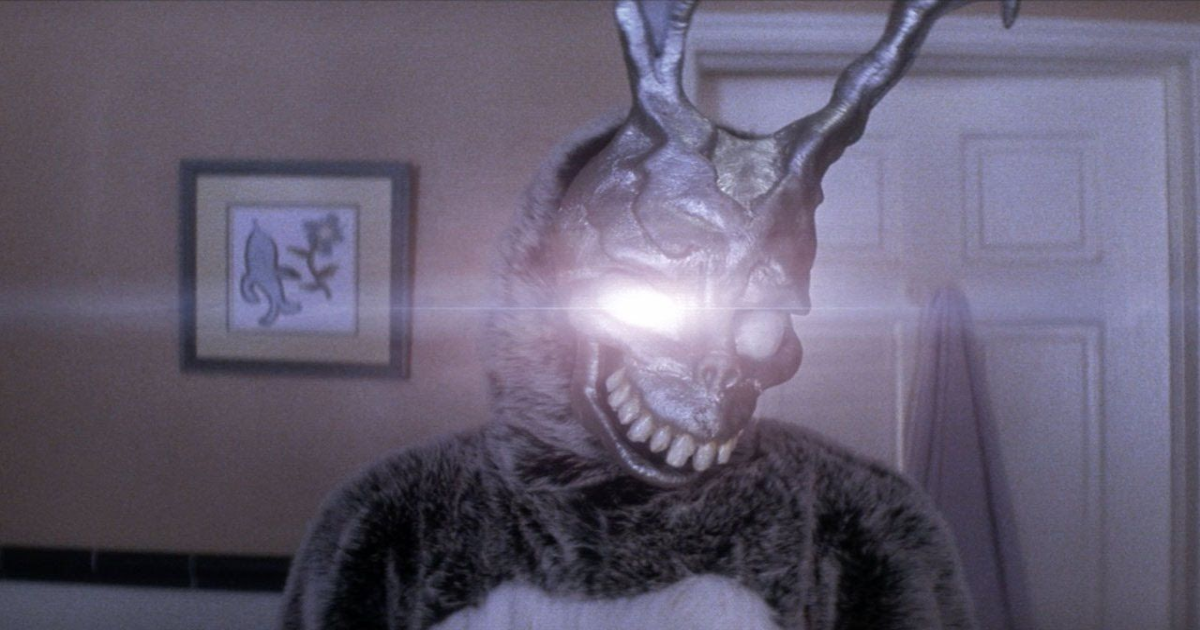
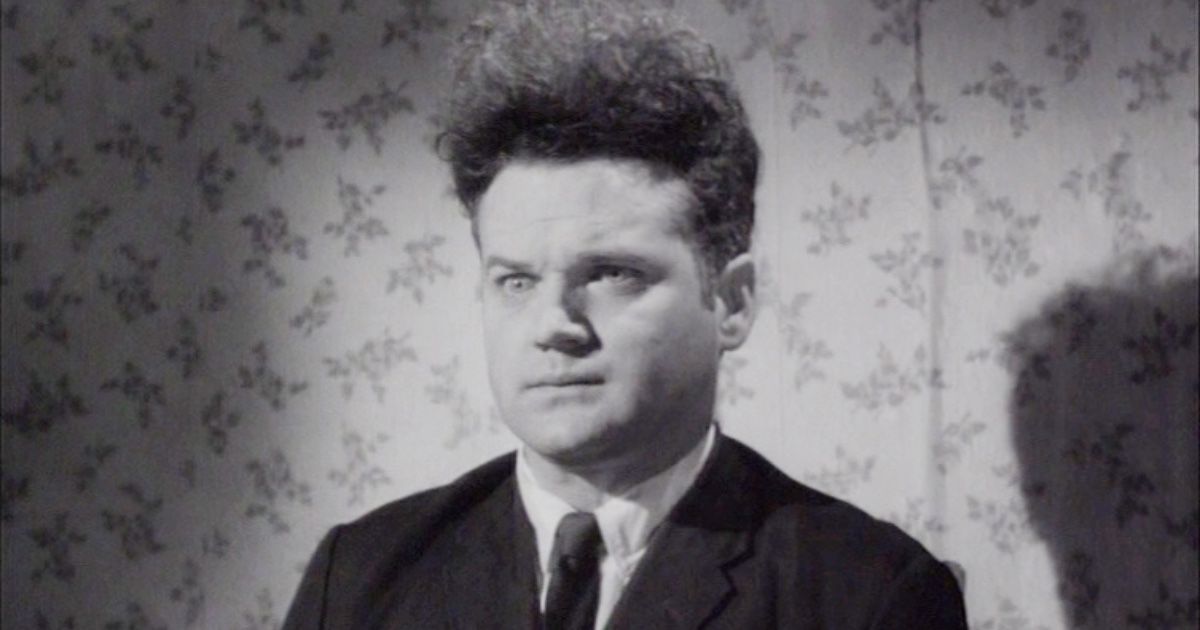
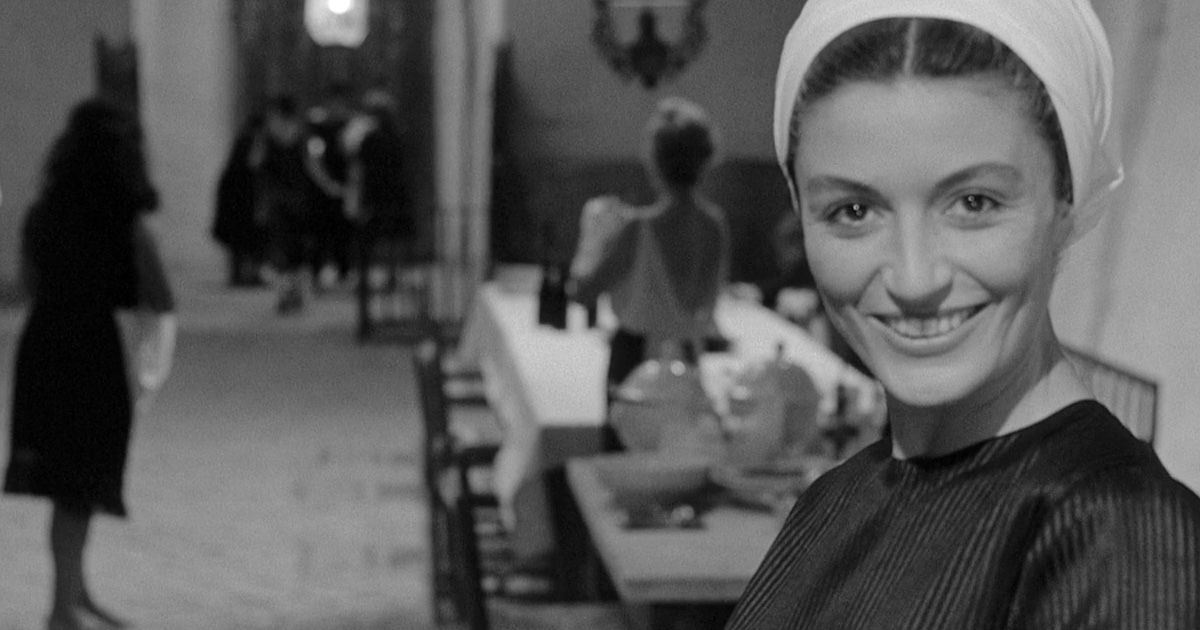
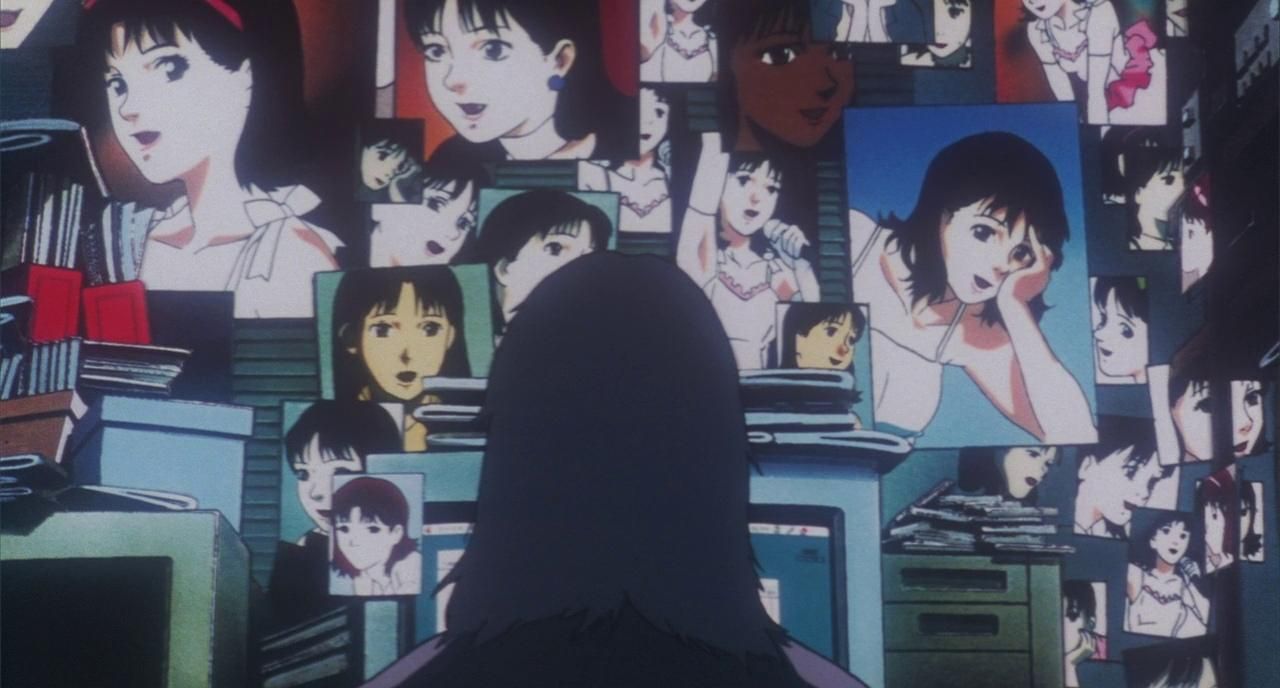
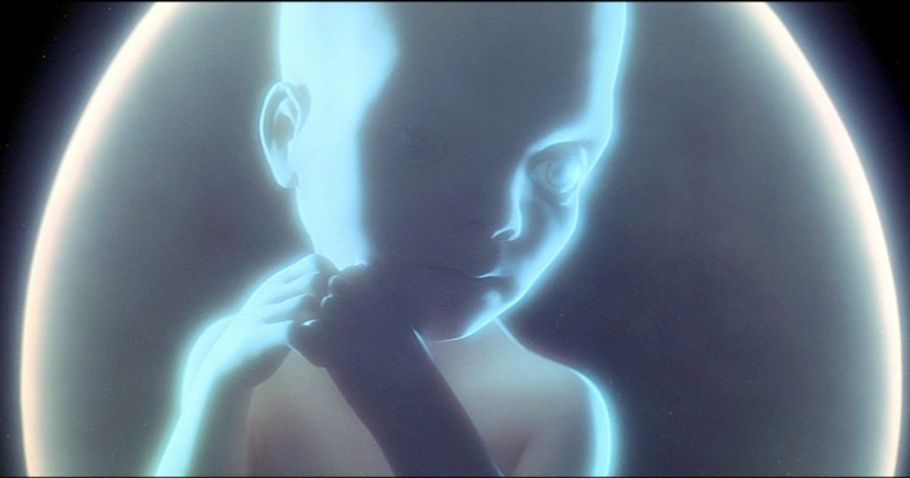
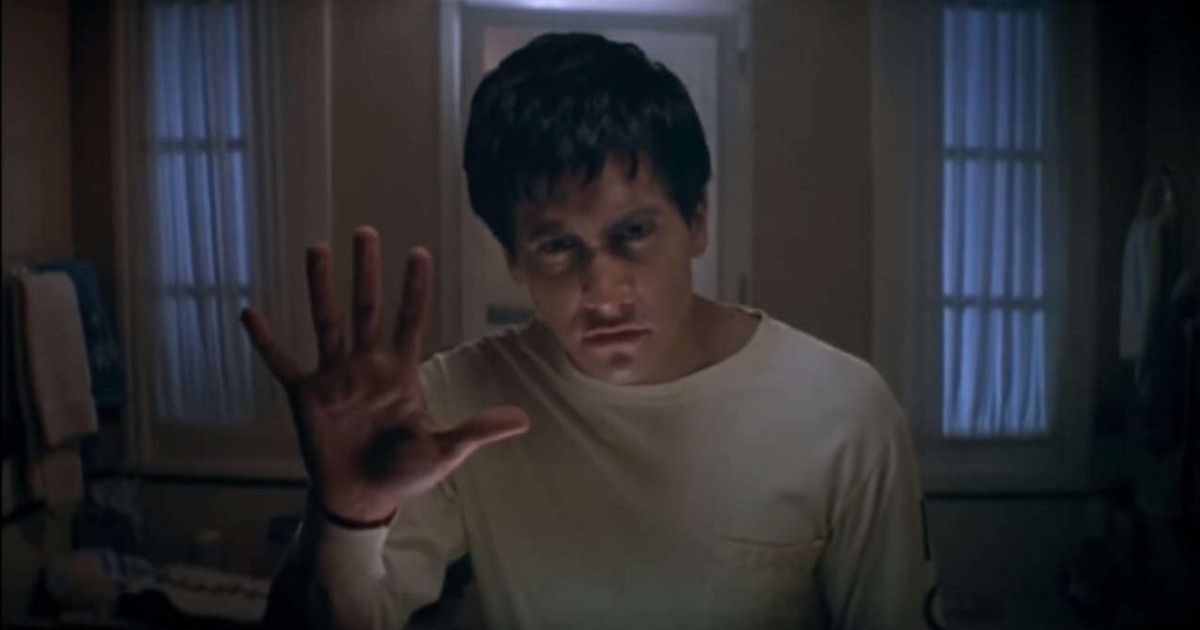
.jpg)
